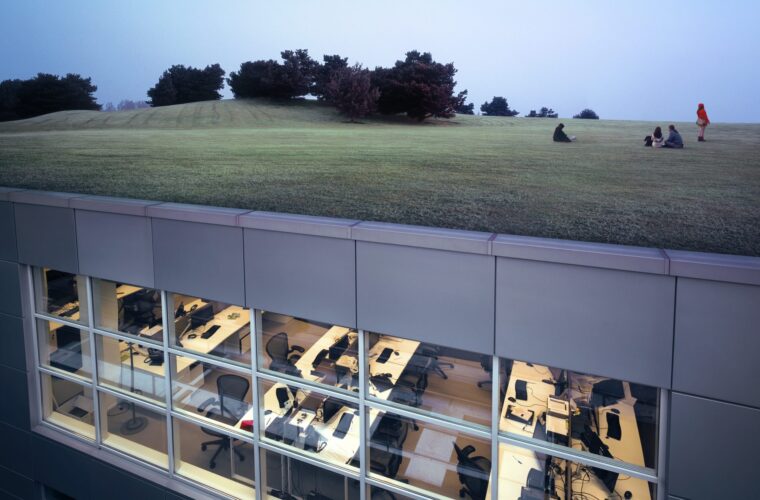The first step in exploring hybrid air transport is the plan of Heart Aerospace, a Swedish company that has just unveiled Experimental 1, also known as the Heart X1. This first full-scale demonstrator aircraft marks a significant point in the development of the hybrid-electric aircraft of the future, the ES-30. Built almost entirely within Heart’s facilities in Gothenburg, Sweden, the X1 epitomises the company’s strategy to proceed hand-in-hand with the design and production of the aircraft. A vision that stems from a specific need:
‘We have less than 25 years to decarbonise aviation, we need to develop new ways to bring zero-emission aerospace technologies to market faster,’ says Anders Forslund, co-founder and CEO of Heart Aerospace.
The test aircraft
The company is convinced that it will get there, which is why it has started with a demonstration aircraft built in less than two years. It is capable of accommodating 30 people and has a 32-metre wingspan. This aircraft will be used to test and model the development of the next ES-30. Heart X1 will be used for ground tests during the first phase, focusing on reloading, taxiing, and turnaround procedures. The goal is to take off for the first flight in spring 2025 after testing the systems on and off the aircraft.
Heart Aerospace realised the X1 thanks to funds from Vinnova, the Swedish innovation agency. This is tangible proof of the link between institutions and industry. With this, it becomes easier to commercialise aircraft based on new aviation technologies. Last August, the Swedish company also obtained $4.1 million from the Federal Aviation Administration’s (FAA) Fuelling Aviation’s Sustainable Transition (FAST) programme to develop the hybrid-electric propulsion management system.
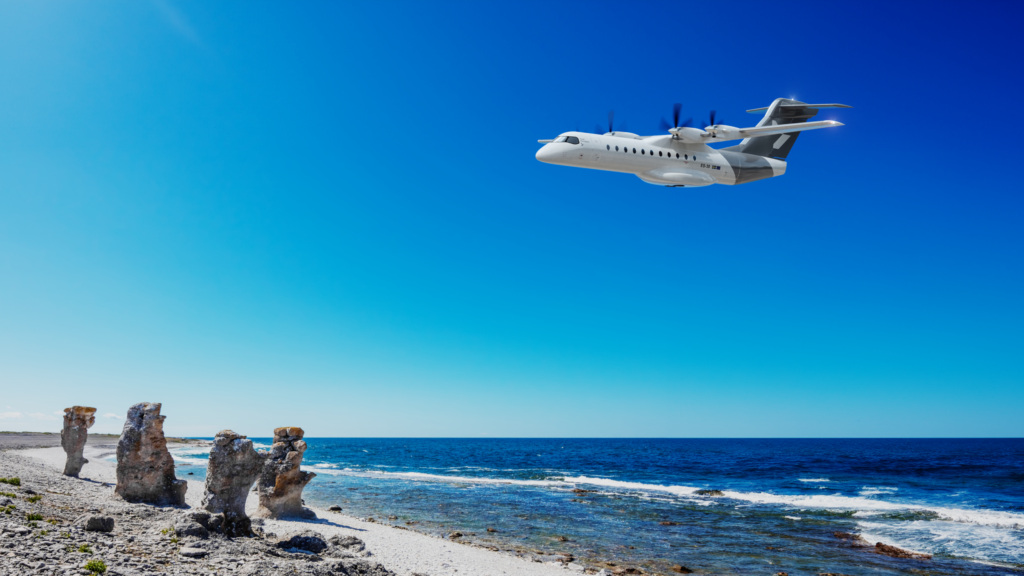

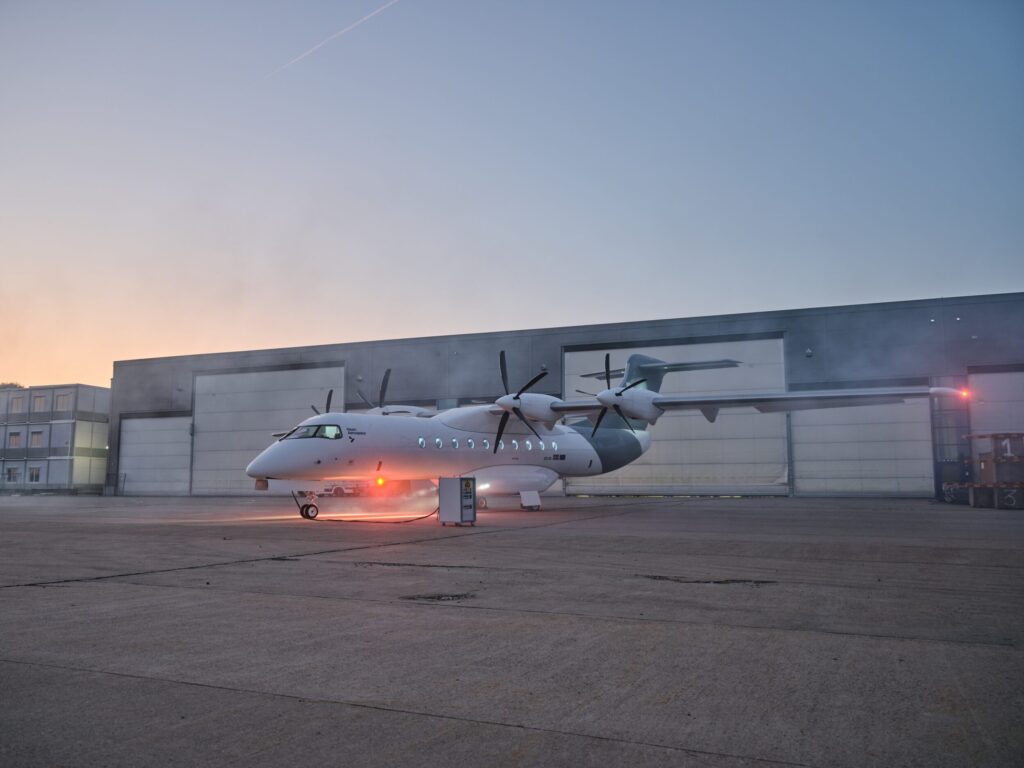
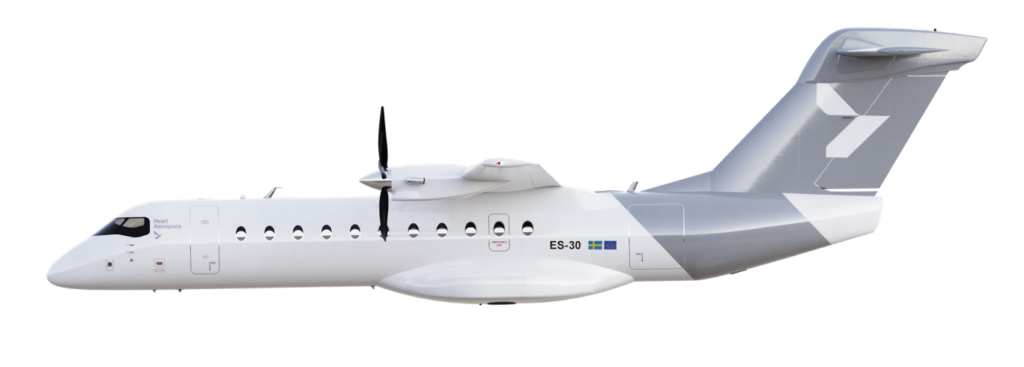

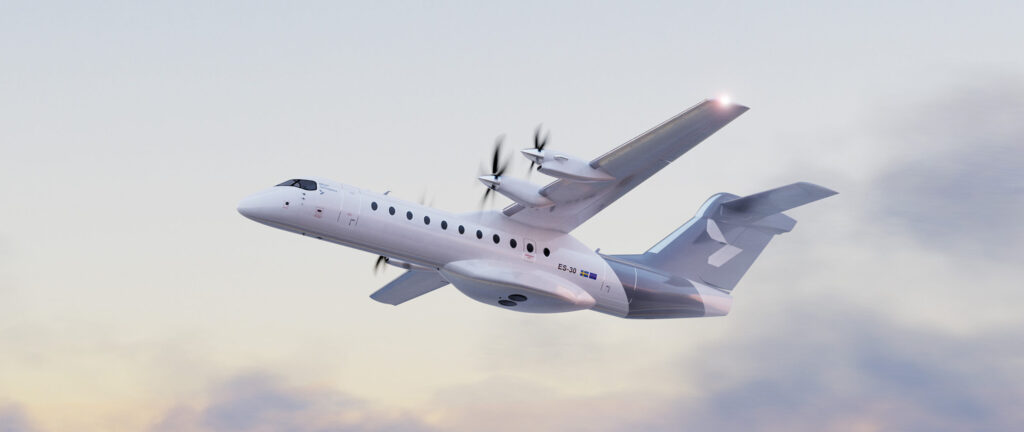
Zero-emission short-haul flights
The money will be used to continue the development of the X1 and then proceed with the construction of the X2. This pre-production prototype will refine the design and production in anticipation of the next ES-30. According to the roadmap, the Heart X2 should be ready in 2026, with a special focus on the Independent Hybrid propulsion system developed in-house by Heart Aerospace—a necessary step to reach the goal with the construction of the ES-30 set for 2029. Designed to fly with a hybrid system but also to fly short-haul all-electric, the ES-30 will have a zero-emission range of 200 km, which corresponds to half the distance it can fly in hybrid mode. An increase in range to 800 km in the dual version is planned for later models.
If everything goes according to plan, there will be many positive responses, starting with a reduction in operating costs. An interesting aspect is also the aircraft’s low noise level during take-off and landing, a prospect that could open up new routes, including smaller airports than the current ones. It should also be added that, according to Heart Aerospace, the ES-30 hybrid aircraft will take about 30 minutes to charge fully, will need a 1.1 km long runway, and will allow each passenger to carry a maximum of 25 kg of luggage on board.
Of course, at the moment, many variables must be taken into account, but at the same time, it is clear that the hybrid mode could be the ideal solution to support the transformation of air transport while waiting to see if electricity can support a constantly growing but still very polluting sector.

